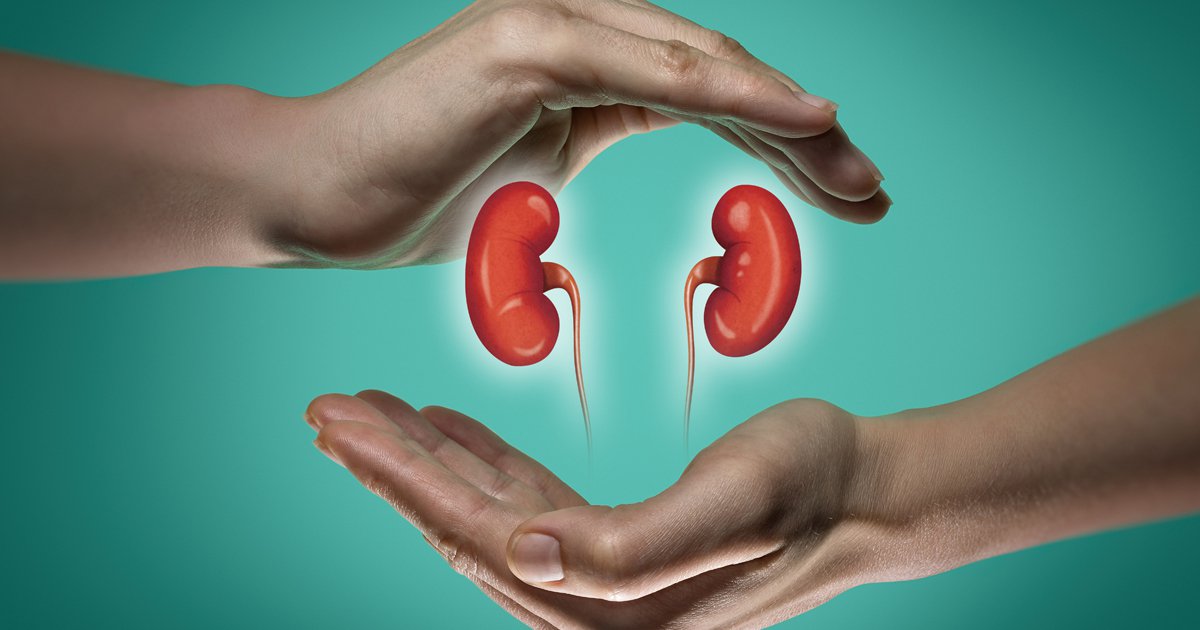Donor age, cold ischemia time show little impact on delayed graft function post-kidney transplant
Kidneys from older donors showed no significant association with increased risk for delayed graft function, according to this study.
In addition, the research suggested that the increased risk for delayed graft function with longer cold ischemia time was not more pronounced with kidneys from older donors or with higher kidney donor profile index scores (ie, marginal kidneys).
According to Ilkka Helanterä, MD, PhD, of Helsinki University Hospital in Finland, and colleagues, increased donor age, higher kidney donor profile index (KDPI) scores and increased cold ischemia time have been previously described as the most important risk factors for delayed graft function following kidney transplantation.
Furthermore, they wrote, “Several studies have shown that older kidneys may be more susceptible to the damage caused by cold storage, whereas no data exist about the possible more harmful effect of cold ischemia time on marginal kidneys when assessed with the KDPI scale.
Our aim was to study the association between donor age and the risk of [delayed graft function] DGF in the current era in a large cohort of deceased donor kidney transplant recipients, and to study whether the harmful association of longer cold ischemia with the risk of DGF is magnified in kidneys from older donors or kidneys from high-KDPI donors.”
Using data from the Scientific Registry of Transplant Recipients, the researchers identified all deceased donor kidney transplantations that occurred in the United States between 2010 and 2018. For the analysis, they included only recipients who received pre-transplant dialysis treatments (n = 90,717), determining which of these experienced delayed graft function (defined here as the need for dialysis within the first week following transplant).
The frequency of delayed graft function was found to be 29% in the entire cohort (45% in kidneys from donors after circulatory death; 25% in kidneys from donors after brain death).
When examining the association of donor age and cold ischemia time with the risk for delayed graft function, the researchers adjusted for both recipient (eg, age, race, sex, diabetes, calculated panel-reactive antibodies, pretransplant dialysis duration) and donor characteristics (cause of death, sex, race, BMI, creatinine, donation after circulatory death status, hypertension and human leukocyte antigen mismatch).
Findings indicated that while cold ischemia time and donor age were independently associated with risk for delayed graft function, this risk was not significantly lower in donors between 50 years and 64 years old vs. those aged 65 years and older.

Furthermore, the association between cold ischemia time and delayed graft function risk was not higher in kidneys from older donors. The researchers stressed this was true “even among donation after circulatory death donors.”
They also found no evidence of an increase in “cold-ischemia susceptibility” from kidneys with high KDPI scores.
In a related editorial, John J. Friedewald, MD, and Bing Ho, MD, both of the Comprehensive Transplant Center at Northwestern University Feinberg School of Medicine in Chicago, wrote, “As the field of kidney transplantation searches for new ways to expand utilization of deceased donor kidneys while maintaining adequate outcomes, learning from past experience and deciding on the most promising avenues to expand practice continue.”
As Helanterä and colleagues did not account for organ procurement organization or transplant center differences in recipient and donor acceptance, along with several other study limitations, Friedewald and Ho argued that the results should be interpreted with caution.
Still, they suggested these results can improve patient care and access to transplantation by potentially reducing organ discard.
“We welcome this insightful analysis and hope for future studies that may continue to identify the boundaries of what is possible in deceased donor allocation,” they wrote. – by Melissa J. Webb
Disclosures: Helanterä reports receiving grants from Finska Läkaresällskapet and personal fees from Novartis. Please see the full study for all other authors’ relevant financial disclosures.






